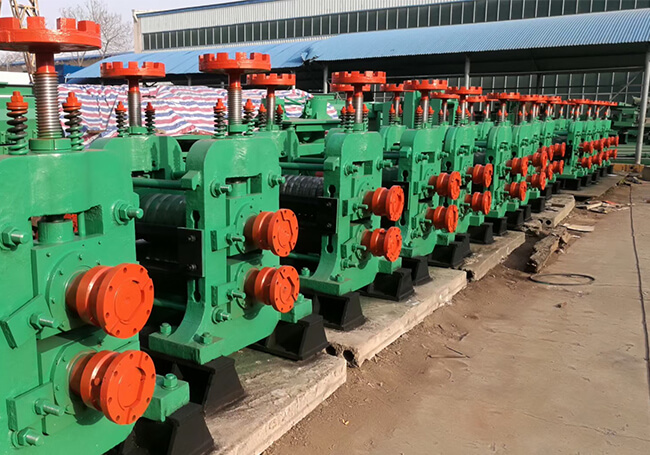The main task of steelmaking is to adjust the content of carbon and alloying elements in the steel to within the specified range according to the quality requirements of the steel being made. In this process, there are several elements that are often used. Today, the editor of Judian will introduce it to you.
Carbon (C)
Carbon is the core element, the most important element affecting steel, and the main symbol to distinguish steel from iron, which plays a decisive role in the properties of steel (such as strength, hardness, plasticity, toughness, weldability, etc.). Due to the existence of carbon, steel can be heat treated, and its mechanical properties can be adjusted and changed. Carbon is the core of all elements in steel.
Silicon (Si)
Silicon mainly exists in the form of solid solution in steel, which can increase the fluidity of molten steel, prevent the formation of pores in molten steel, and increase the shrinkage of molten steel. Silicon can also increase the hardness and strength of steel in steel.
Manganese element (Mn)
Manganese is easily combined with sulfide in steel to form manganese sulfide, reducing the harmful effects of sulfur; it can inhibit the growth of grains in steel and increase the hardness, strength and toughness of steel. However, the increase of manganese content will reduce the plasticity and weldability of steel.
Phosphorus (P)
Phosphorus exists in the form of solid solution and phosphide in iron and steel, and is usually a harmful impurity. When the phosphorus content exceeds 0.10%, it will increase the temper brittleness of the steel and the sensitivity to welding cracks; phosphorus will reduce the impact value of the steel at room temperature. , called cold brittleness;
In the manufacture of shells or grenades, its cold brittleness is sometimes used to slightly increase its content.
Sulfur (S)
Sulfur mainly exists in the form of sulfide in steel. When the sulfur content exceeds 0.02%, the strength, elongation and impact value of the steel will be reduced, and cracks will occur from here when the steel is processed, which is called hot brittleness. But sulfur can increase the machinability of steel.
The five elements of C, Si, Mn, P, and S are based on these five elements, no matter the existing steel grades or the steel grades that are being developed and will be released. With C as the core, they are closely united to firmly establish the basic frame structure of steel, blooming and fruiting, spreading branches and leaves for the colorful steel world.
This is what we share today, we hope to help you.
Welcome to follow us Luoyang Judian.

Please send us your request and we reply to you with in 24 hours.
Submit Request